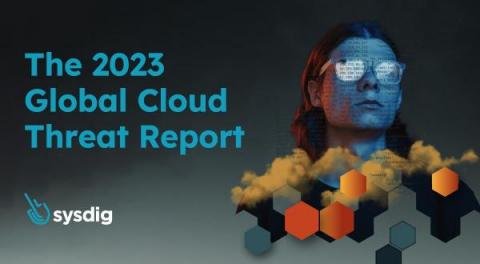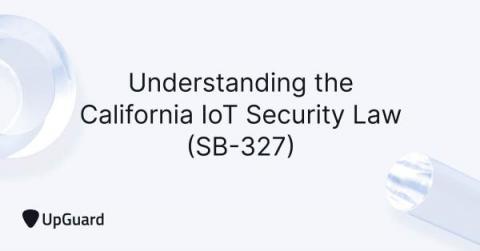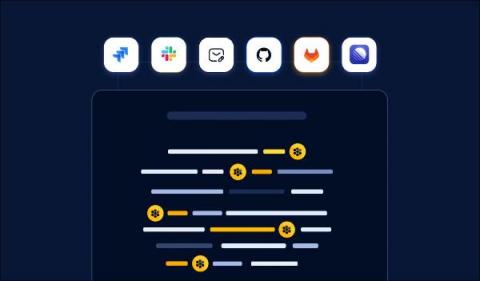MDR firm saves $100K per year with LimaCharlie
Recon Infosec is a growing managed security services provider run by a team of seasoned cybersecurity experts. After switching from their custom-engineered security stack to the LimaCharlie SecOps Cloud Platform, they achieved an annual cost savings of $100,000, improved their mean detection and response times by 98%, and laid the groundwork for scalable, long-term growth.











